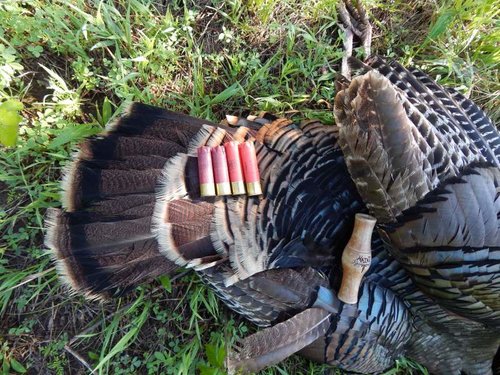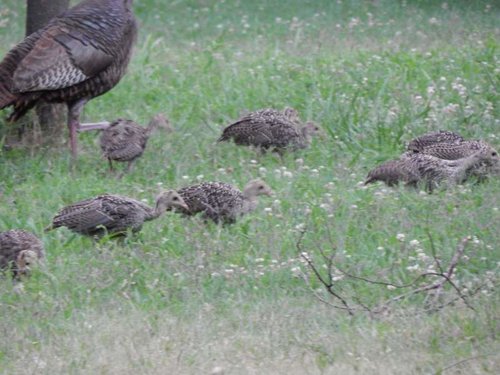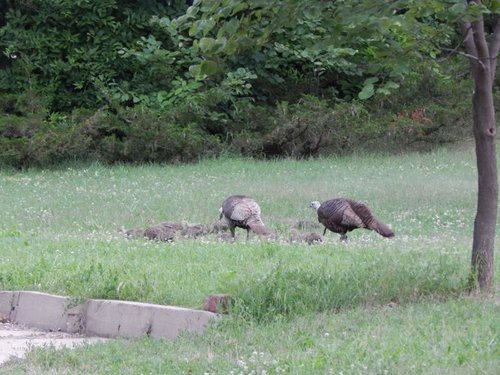Bugle 'Em In
Well-known member
Those are awesome photos showing the magnificent colors turkeys have. Congrats on the bird!
Follow along with the video below to see how to install our site as a web app on your home screen.
Note: This feature may not be available in some browsers.












